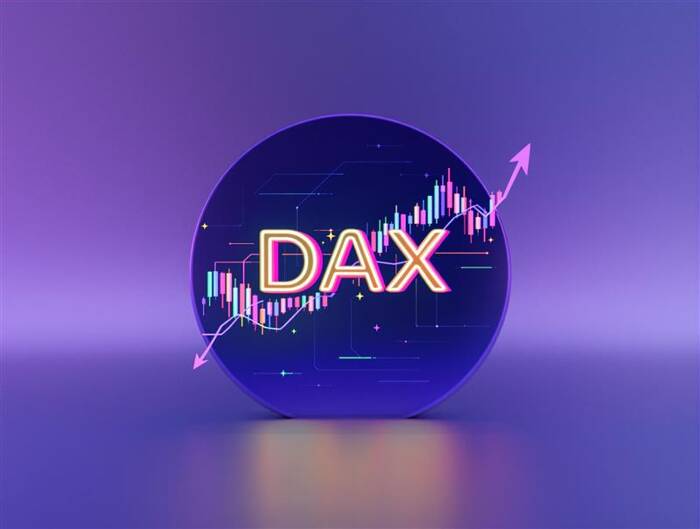Softer-than-expected US personal income and spending figures offset a higher Core PCE Price Index, supporting a more dovish Fed rate path. Falling income and spending may ease inflationary pressures. Friday’s data followed US data on Thursday that showed the economy contracted by 0.5% quarter-on-quarter in Q1, revised from a preliminary 0.3% contraction. In Q4, the US economy expanded by 2.4%.
According to the CME FedWatch Tool, the chances of a September Fed rate cut rose from 69.7% on June 20 to 91.4% on June 27.
Several Fed speakers, including Michelle Bowman, Austan Goolsbee, Mary Daly, and Susan Collins, supported further policy easing, contributing to the jump in rate cut bets.
US Manufacturing Sector and Trade Developments to Drive Sentiment
Later in the June 30 session, Chicago PMI and the Dallas Fed Manufacturing Index will spotlight the US economy. Economists expect the Chicago PMI to rise from 40.5 in May to 42.7 in June and the Dallas Fed Manufacturing Index to edge higher. However, economists expect both reports to indicate continued contractions, supporting a more dovish Fed.
Beyond the numbers, trade developments will be crucial for the DAX. Progress toward a US-EU trade deal would have more impact on the DAX than German economic data, while failed talks could pressure German stocks.
Outlook: Key Catalysts for the DAX
The DAX’s near-term trajectory hinges on German inflation data, US-EU trade headlines, Middle East-related news, and central bank rhetoric.
Bullish Case: A US-EU trade deal, easing Middle East frictions, softer German inflation, and dovish central bank cues could send the DAX toward 24,500.
Bearish Case: Breach of the Iran-Israel ceasefire, failed US-EU trade talks, hotter German inflation, or hawkish central bank signals may push the DAX toward 23,500.
At the time of writing on June 30, the DAX futures rose 90 points. The Nasdaq 100 was up 126 points. Futures markets signaled a positive start to the week.
Technical Setup Suggests Cautious Optimism
After Friday’s rally, the DAX trades well above the 50-day and 200-day Exponential Moving Averages (EMA), affirming bullish momentum.
Upside Target: A breakout above the June 27 high of 24,041 could enable the bulls to test the June 5 high of 24,479. A sustained move through 24,479 could pave the way to 24,750.
Downside risk: A drop below 23,750 could expose the crucial 23,500 support level and the 50-day EMA.
The 14-day Relative Strength Index (RSI), at 58.13, suggests the DAX could climb to 24,479 before entering overbought territory (RSI > 70).
